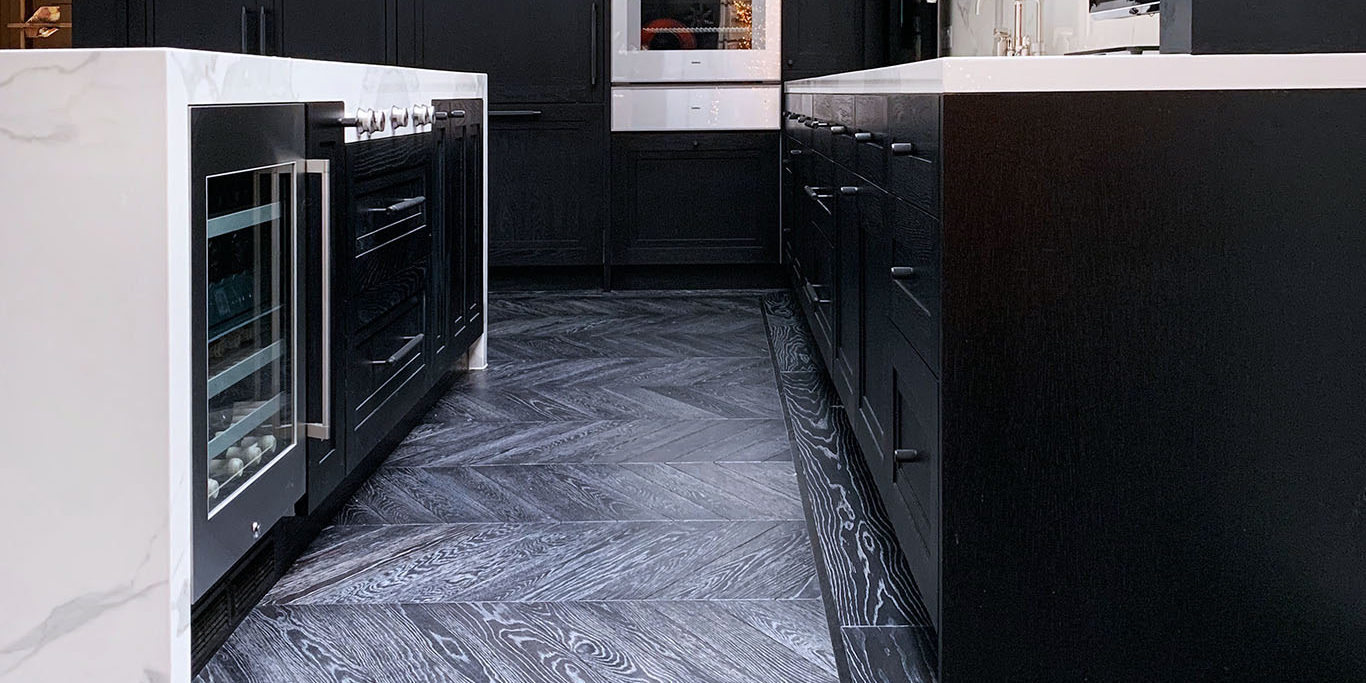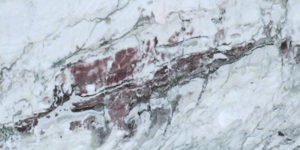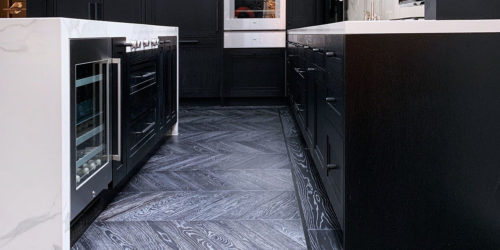When you think of granite, you may well remember the saying “hard as a rock”, and indeed it may well have been coined for granite, whoever first said it.
Granite is extremely hard and tough, as we well know at Marble & Granite because we have to cut it and shape it to our customers’ requirements for granite worktops, which needs some seriously sharp and expensive machinery. But if you are considering granite worktops in Hackney for your new kitchen – or even just to replace the old worktops – don’t worry: we have got you covered.
Granite is made up from various minerals, the most common being quartz and feldspar. However, it can contain a wide array of other minerals in smaller quantities and it is these that give each slab of granite its’ own unique appearance and qualities.
Granite is blasted out of quarries and is then cut into slabs by milling machines in slabs of up to 9’ long and 5’ wide. These are then polished into a uniform thickness which is typically between ¾” and 1¼” thick. From these slabs, at Marble & Granite we then create your kitchen worktops in the shapes, sizes, and with the various cut-outs for sinks, taps, or, in the case of your bathroom, hand basins, that you require.
Granite is an intrusive igneous rock. Intrusive means that it was never expelled from the Earth’s crust by a volcanic explosion, while igneous means that it is a rock which has solidified from a molten state. As it cools and solidifies, the various minerals that are within the molten state solidify at different rates and this is what determines the size and distribution of the grains within it. This also explains why every piece of granite is different from the next one.
While granite is composed mainly of quartz and potassium feldspar, it also contains amphibole, micas, and other trace elements. In order to be granite, it must contain at least 20% quartz, but may have as much as 60%. It may also have from 10% – 65% feldspar, and 5% – 15% micas.
The colours of granite depend on the amount of each mineral, so quartz is typically milky white, feldspar off-white, potassium feldspar is usually salmon pink, amphibole is black or dark green, and the micas are muscovite which is gold/yellow and biotite which is black or dark green.
White granite is mainly quartz and feldspar, while pink granite has an abundance of potassium feldspar, and also contains quartz, opaque white feldspar and amphibole. Red granite may have iron oxide grains included. You sometimes see black granite advertised, but if it is all black, it is not granite because granite must have at least 20% quartz in it: this is more likely to be gabbro, which is similar to basalt.
Whichever type of granite is used for your worktops or for that matter handbasin surrounds in the bathroom, it should be sealed against staining. The almost limitless combinations of different minerals in granite are very different in one slab compared with another, and they will affect not only the colour of the stone but the porosity also. In addition, some granite will have very fine cracks in it as a result of the enormous pressures on it when it was still in the earth’s crust. Things such as red wine, coffee, cooking oils, fruit juices, and so on can seep into these cracks and cause staining.
Sealing should be carried out on installation, and again from time to time. Although top quality sealers can last for ten years or more, it is not worth taking any risks. You can tell if granite needs sealing by putting a drop of water on to it: If it soaks in, the granite needs re-sealing.
Granite is extremely hard-wearing and can withstand the day-to-day life in the kitchen. However, as with all worktops it is not a good idea to cut or chop foods directly on to it, even though you may be more likely to damage the knife blade than the stone. Remember that there are infinite variations in the minerals included. Equally, don’t put hot pans directly from the oven or the hob on to it, but use a trivet.



